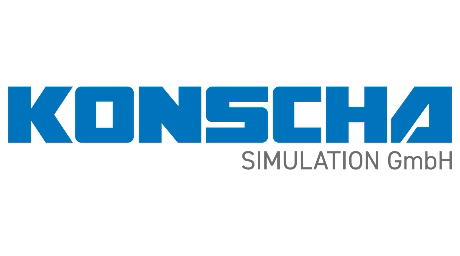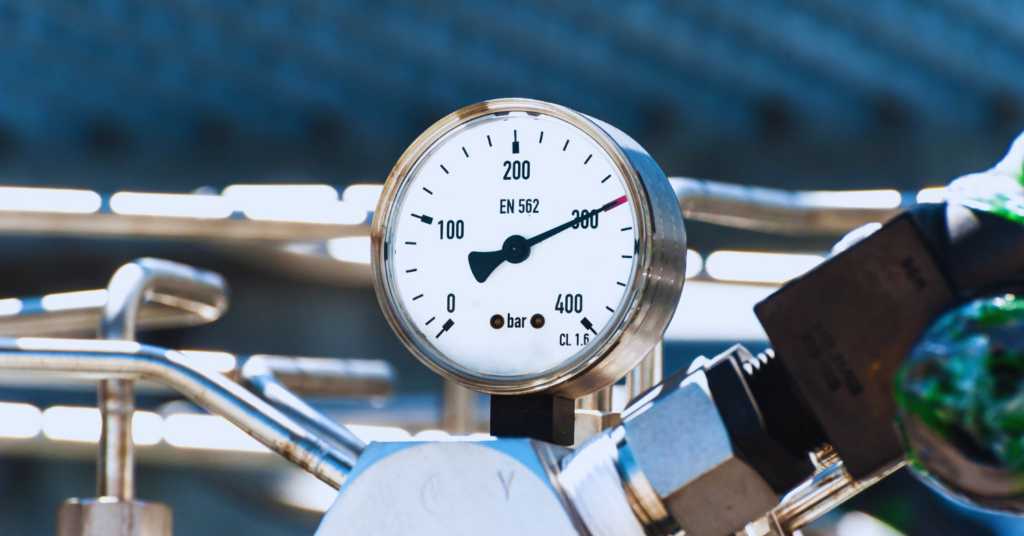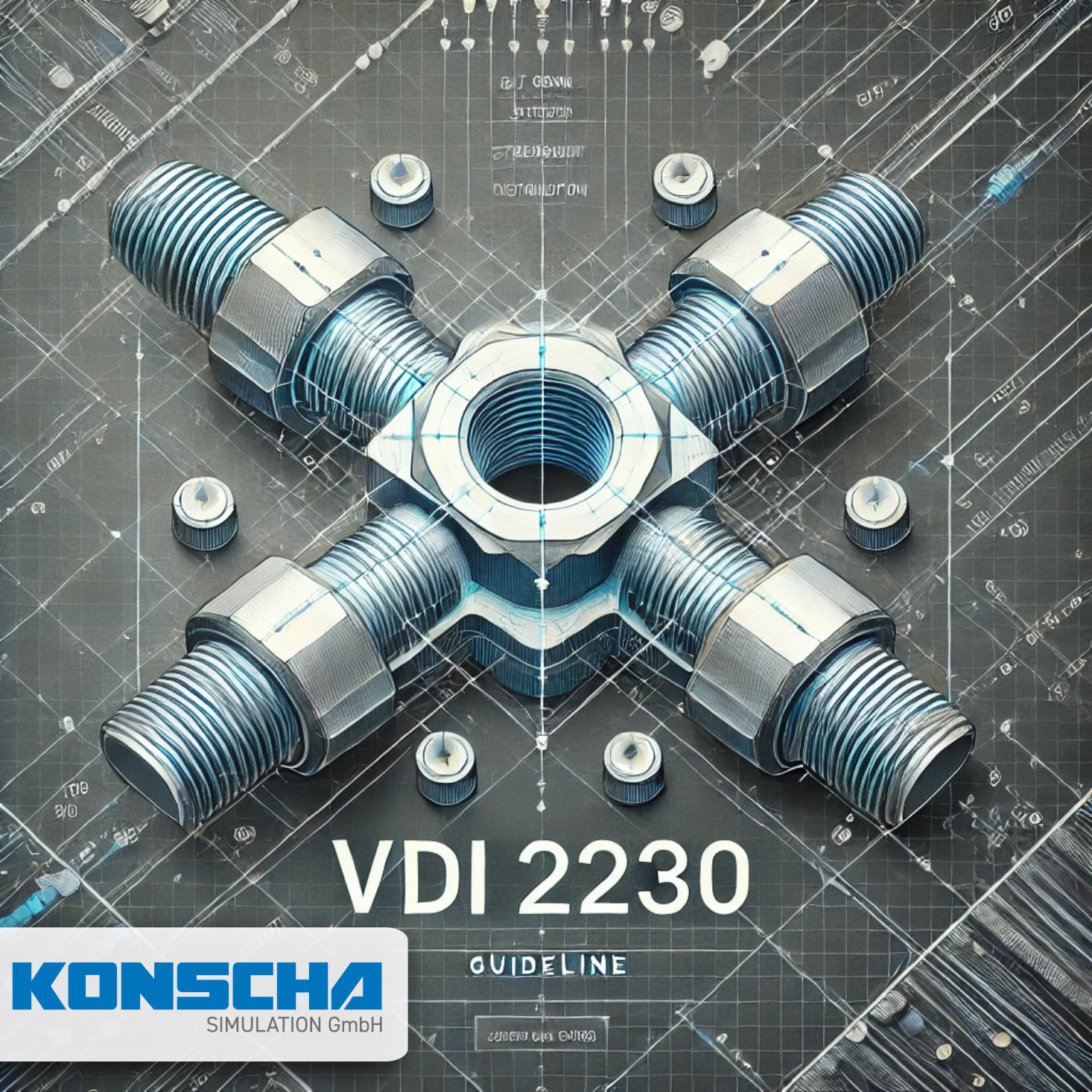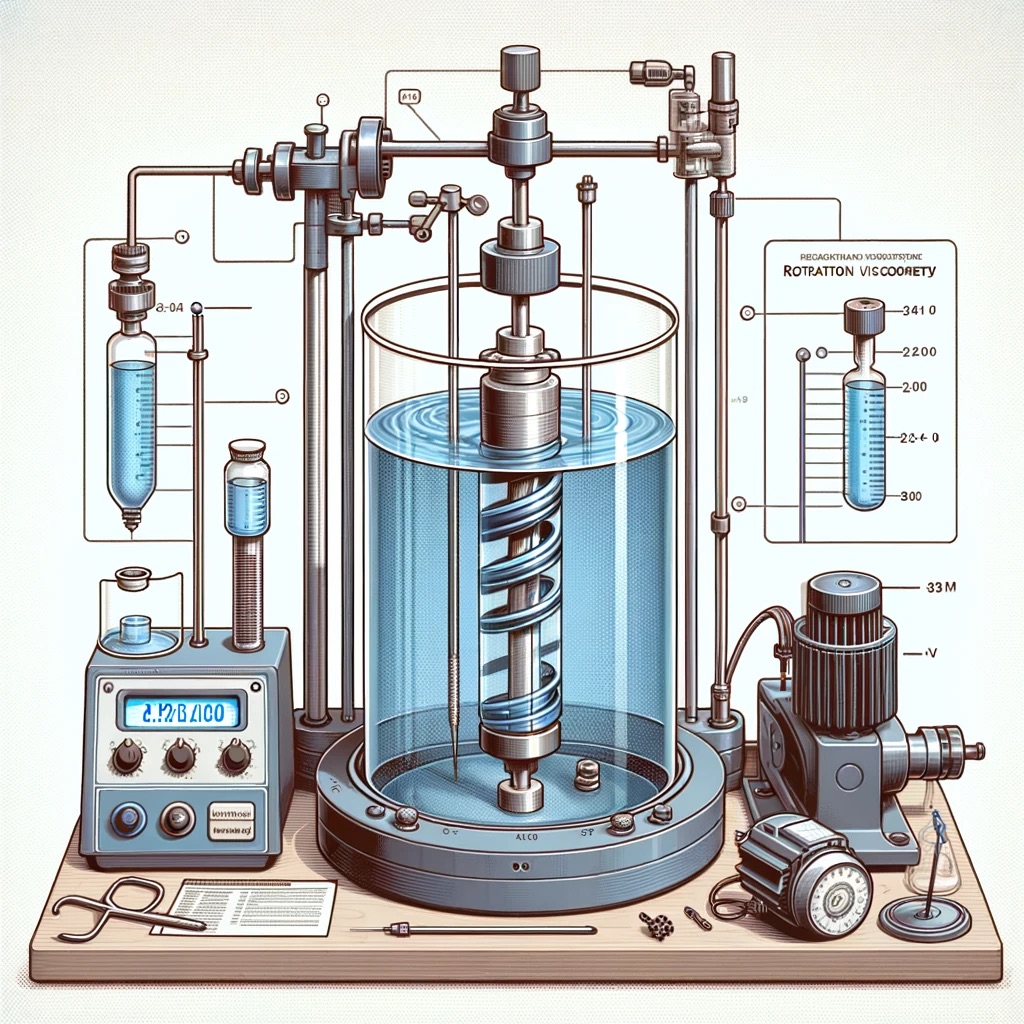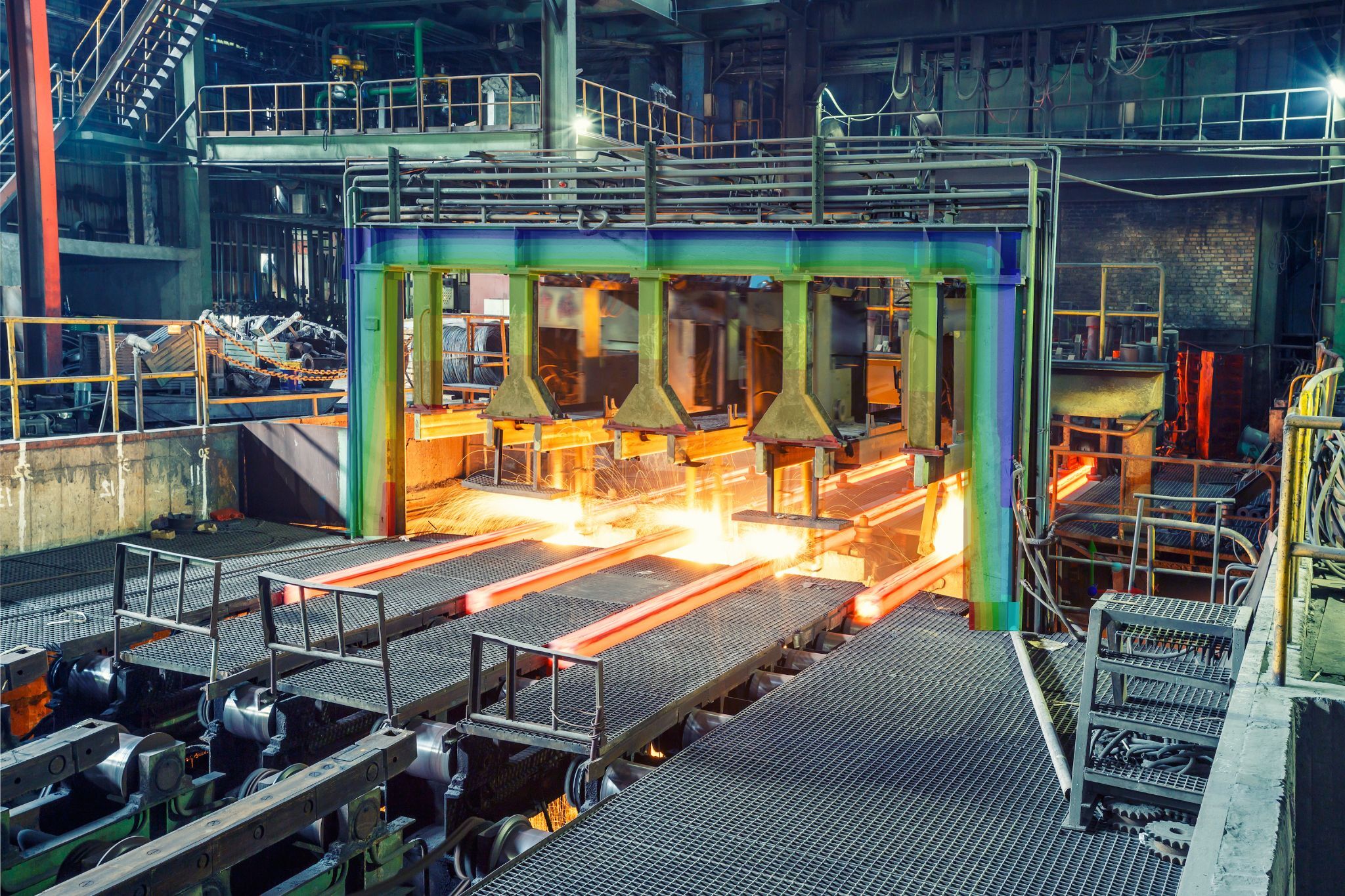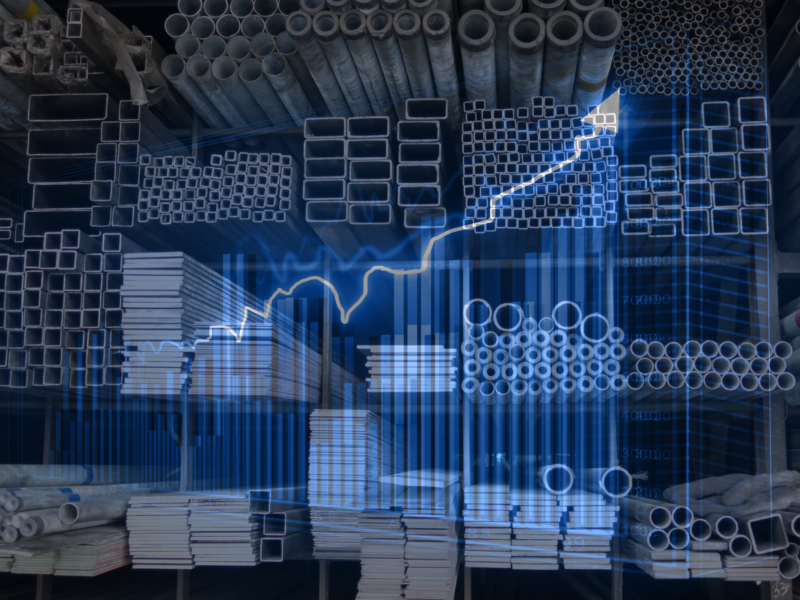The safety and quality of pressure equipment are of crucial importance in numerous branches of industry. One set of regulations that comprehensively covers these aspects is the AD 2000 directive.
Importance of the AD 2000 Directive for the industry
The world of technology and industry is often faced with the challenge of safely designing and operating complex plants and systems. Pressure equipment is used in a variety of industries, such as chemicals or power generation. In general, the safety of people and the environment is paramount and the failure of pressure equipment, which can have catastrophic consequences, must be avoided. The AD 2000 regulations ensure that pressure equipment is professionally designed, manufactured and tested to prevent failure. This ensures that the designed pressure equipment meets the highest safety and quality standards.
Origin and development of the AD 2000 Directive
The history of the AD 2000 – Pressure Equipment Directive goes back to the 20th century. It was developed to create a uniform standard for the design and manufacture of pressure equipment. Technical progress and increasing safety and quality requirements have led to updates and extensions over time. A key player in relation to the AD 2000 directive is TÜV (Technischer Überwachungsverein). It plays an important role in the certification of pressure equipment and the monitoring of compliance with the directive. This also ensures the guarantee of safety and quality.
Application and scope of the AD 2000 Directive
The Pressure Equipment Directive concerns devices that work under pressure, such as pressure vessels, pipelines, compressed air systems and many more. It includes different verification and design criteria for common components, such as flanges and pressure vessel walls. Different stress concepts, such as structural stresses, can be used to verify the loads. Depending on the type of load, different strength verifications must be carried out. If a load cycle occurs below 1000 cycles, a static proof of strength must be provided. If the number of load cycles is above 1000 cycles, a proof of fatigue strength must be provided. The guideline lists various types of steel that can be used for the construction.
Key aspects of the AD 2000 Directive
This specifies strict safety and quality standards. Test procedures such as non-destructive tests and load tests are an integral part of ensuring the reliability of the devices. A major advantage lies in the clear and precise definition of the test procedures and the general structure of the directive. Due to continuous and extensive revisions of the directive, it is fully developed and covers all essential points for pressure equipment. The quality resulting from the high requirements of AD 2000 means that particularly generous test intervals are achieved for recurring tests in an international comparison. Compared to other directives, the AD-2000 stands out in particular due to its stress categorization, which means that, for example, temperature-related forced stresses with higher permissible stresses can be detected.
Practical implementation of the AD 2000 Directive
The implementation of the AD 2000 directive requires a structured approach. Companies must take specific steps to meet the requirements. These include the selection of suitable materials, correct design, the performance of tests and ultimately certification by independent bodies such as TÜV. To prevent faults in the design from only being discovered during physical testing, it is advisable to evaluate them beforehand on the basis of a numerical simulation. In this way, weak points can be specifically identified and rectified. Specific examples and practical experience show how the AD 2000 guideline has been successfully implemented. Compliance with the directive leads to a significant increase in product quality and thus to greater competitiveness of the individual companies.
Conclusion – AD 2000 regulations – Pressure Equipment Directive: Ensuring safety and quality
The AD 2000 directive is a cornerstone for the safety and quality of pressure equipment in various industries. Its history, areas of application and technical requirements illustrate its importance to our modern technological world. Compliance with this directive not only provides protection against potential hazards, but also paves the way for a successful future in the industry. Its influence extends across various industries and contributes to a significantly more valuable product portfolio. If you are looking for expertise in the field of FEA/calculation of pressure vessels, please do not hesitate to contact us. Our engineers have excellent experience in the field of pressure vessels and can therefore support you quickly and reliably with upcoming developments or optimizations.
Featured image: Canva

